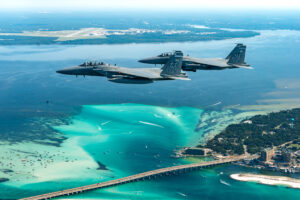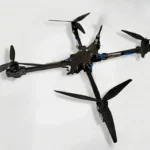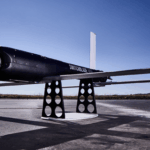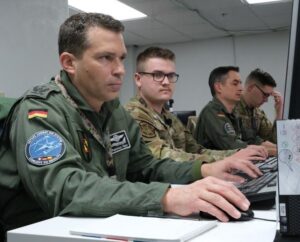
St. LOUIS--Broadening its focus on pursuing defense business opportunities with its platforms as a prime contractor, Boeing [BA] is expanding its go-to-market strategy to include partnering with other companies as a subcontractor as its customers seek more integrated solutions, a senior official with Boeing’s military business said on Tuesday. The company also sees “ripe” opportunities to rely on its suppliers for certain capabilities that Boeing can integrate into its platforms to meet the growing demand for integrated mission solutions, Bernd…

 By
By 










